Ghostwire Tokyo has an incredible setting, but combat still needs to prove itself
Hands-on with the first two chapters of Tango Gameworks' new adventure.
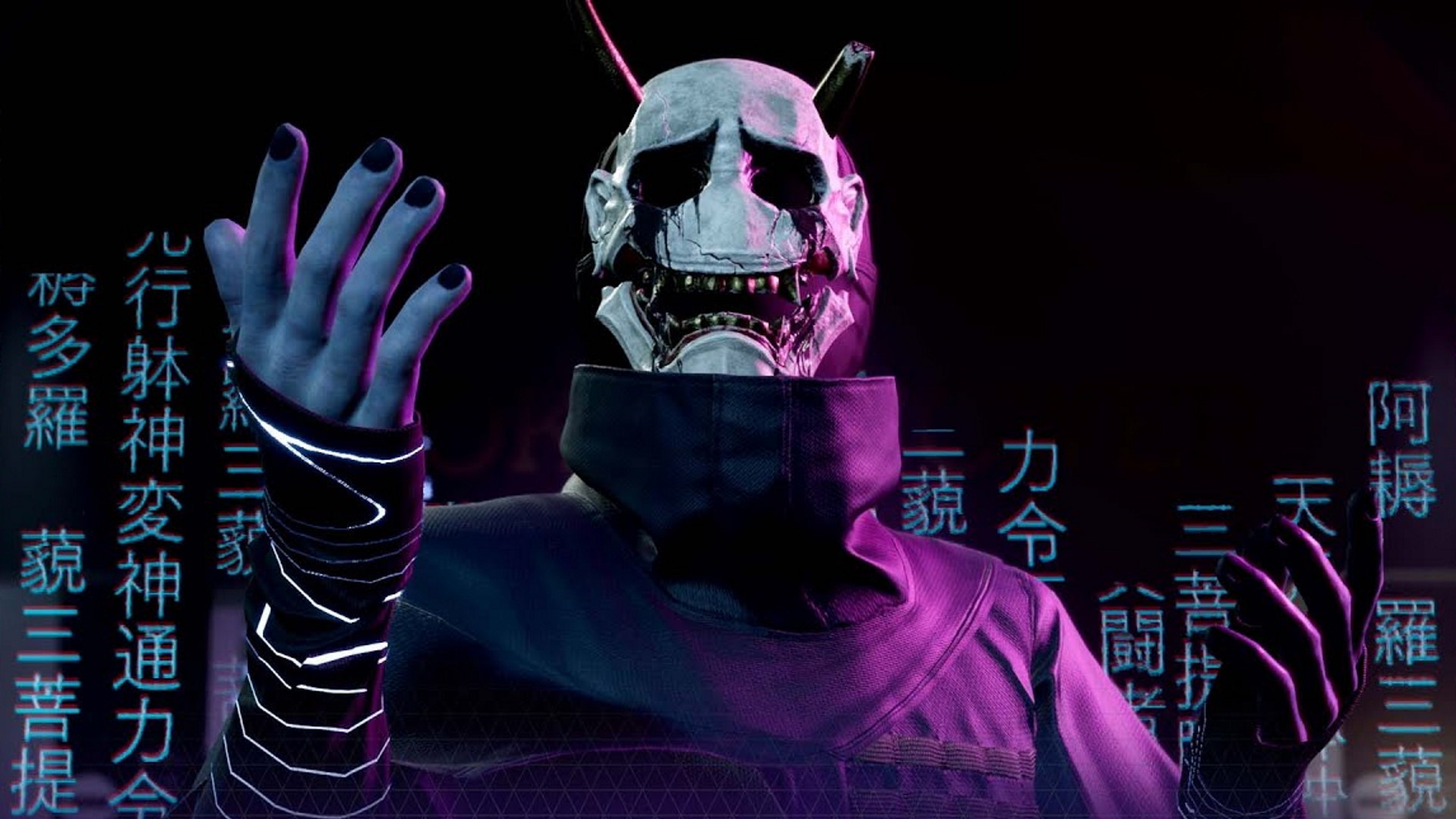
Ghostwire Tokyo's opening doesn't muck around: the busy Shibuya district of Tokyo is suddenly emptied of its pedestrians, and amid the fracas our protagonist, Akito, dies. A spirit called KK enters the deceased body of Akito, bringing him back to life with one caveat: he must share his body with KK. Not a great prospect to start with, having to share one's body with someone else. But KK is a gruff arsehole, part tough cop and part Reddit conspiracy theory guy, so it's even worse than you might expect.
Akito's selection is arbitrary: he's not a chosen one or anything, just some random Tokyo guy who says "what the…" a lot. And so, in the opening sequence of Ghostwire Tokyo, interloper KK teaches this rando how to use Ethereal Weaving, which is basically just ghost magic, I think, and comprises the bulk of Ghostwire Tokyo's combat. KK also brings other useful advantages, like Spectral Vision (basically investigation mode) and the ability to use flying tengus to launch onto the Tokyo rooftops with a button press. KK has a mission of seeming existential importance, related to fixing the very conspicuous problem of whatever the hell's happened to Tokyo. Akito, on the other hand, wants to come to the aid of his ill sister. As a result, they're forced to collaborate.
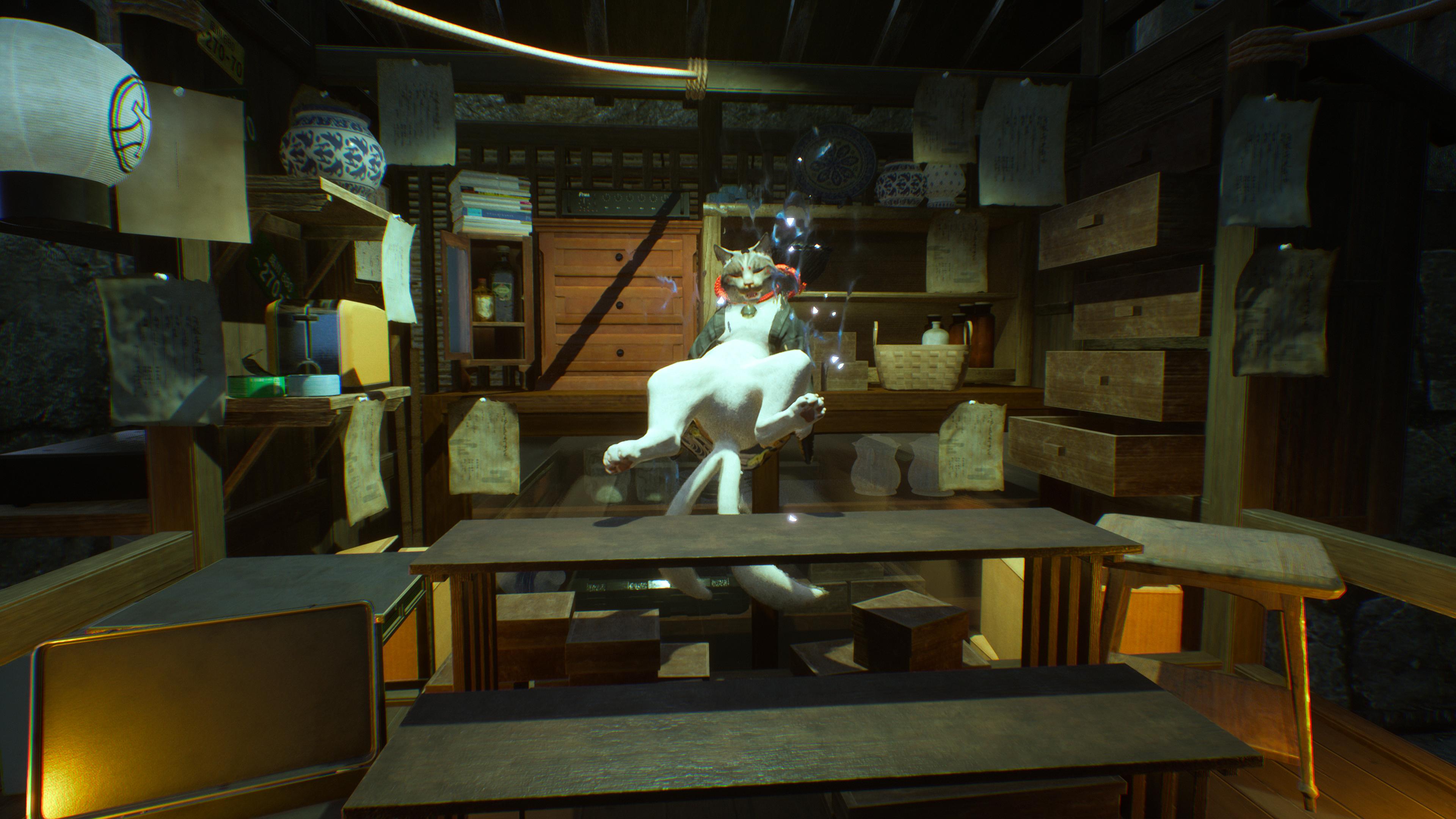
KK's powers are extremely useful when you're living in a spirit-haunted version of Tokyo, populated by talking cat vendors, and awash in a grim spectral fog that also serves to gate off areas of the map until you've cleansed an associated Torii Gate. Tango Gameworks, of The Evil Within fame, has done superlative work creating a gorgeous neon-lit version of Tokyo. It's hard to get a sense of how big the final game's map will be, because it's gradually unlocked with play, but it sure is dense with steam-drenched side alleys, tucked away shrines, and garish fluorescent shopfronts and LED signage–not to mention the fully-explorable rooftops. Forget haunted houses: this is a haunted city, and while The Evil Within 2 dabbled in large sandbox-style levels, the scale of Tokyo here is impressive.
In early game at least, combat doesn't feel particularly nuanced
But more impressive are the enemies, named Visitors, that now populate the urban sprawl. These are heavily influenced by Japanese urban myths and folklore, and are quite unlike any videogame baddies you're ever likely to see in a first-person magic 'em up set in the modern day. The aforementioned flying tengus patrol the air, modernised versions of a kasa-obake—basically a sentient umbrella—roam the streets, and all manner of other yokai—literally "strange apparition" in Japanese—have overtaken the famous neighbourhood of Shibuya. You've seen the footage. They're bonkers.
Magicka
Still, in the early hours of Ghostwire Tokyo (I played a PS5 build—preview code for PC wasn't available) the act of actually fighting them is a bit mixed. I unlocked three elemental attacks over the course of the first two chapters—wind, fire, water—all of which are projectile attacks that emanate from your eerily glowing hands. Without fail, combat was mostly about backing away while spamming any or all of these attacks, and while you can block—a perfect block will perform a parry—I never felt any pressure to use it. One boss I faced late in my playthrough didn't really ratchet things up at all: I just stood and fired until it was dead. The constant need to replenish your ammunition via melee attacking spectral debris makes things slightly more frantic, but in early game at least, combat doesn't feel particularly nuanced. Akito can glide through the air using his newfound abilities, but he tends to lumber on foot: a quick dodge would probably make combat feel a little more fluid.
There's an extensive skill tree with three main tiers, split across 'abilities', 'Ethereal weaving' (combat) and 'Equipment' (upgrades to your bow and more). XP to spend on these upgrades is won by completing missions, but also by saving lost spirits spread throughout the map, and depositing them at payphones spread throughout Tokyo. Once you've done this, some guy called Ed will help them "become living humans once more."
There's stealth, but given how easy the combat is, using it doesn't feel necessary except where the game forces you to. Taking enemies out from afar with the bow is a neat and clean way to clear a space, but again: in early game, the sledgehammer approach will do just fine.
The biggest gaming news, reviews and hardware deals
Keep up to date with the most important stories and the best deals, as picked by the PC Gamer team.
That, and the simplicity of the combat, may seem like critical problems in an action game, but I still really enjoyed my time with Ghostwire Tokyo, and that's wholly to do with the setting. In an interview with Tango Gameworks' Kenji Kimura and Masato Kimura—director and producer respectively—it's made clear that the setting is where a bulk of the blood, sweat and tears went.
To give you a taste:
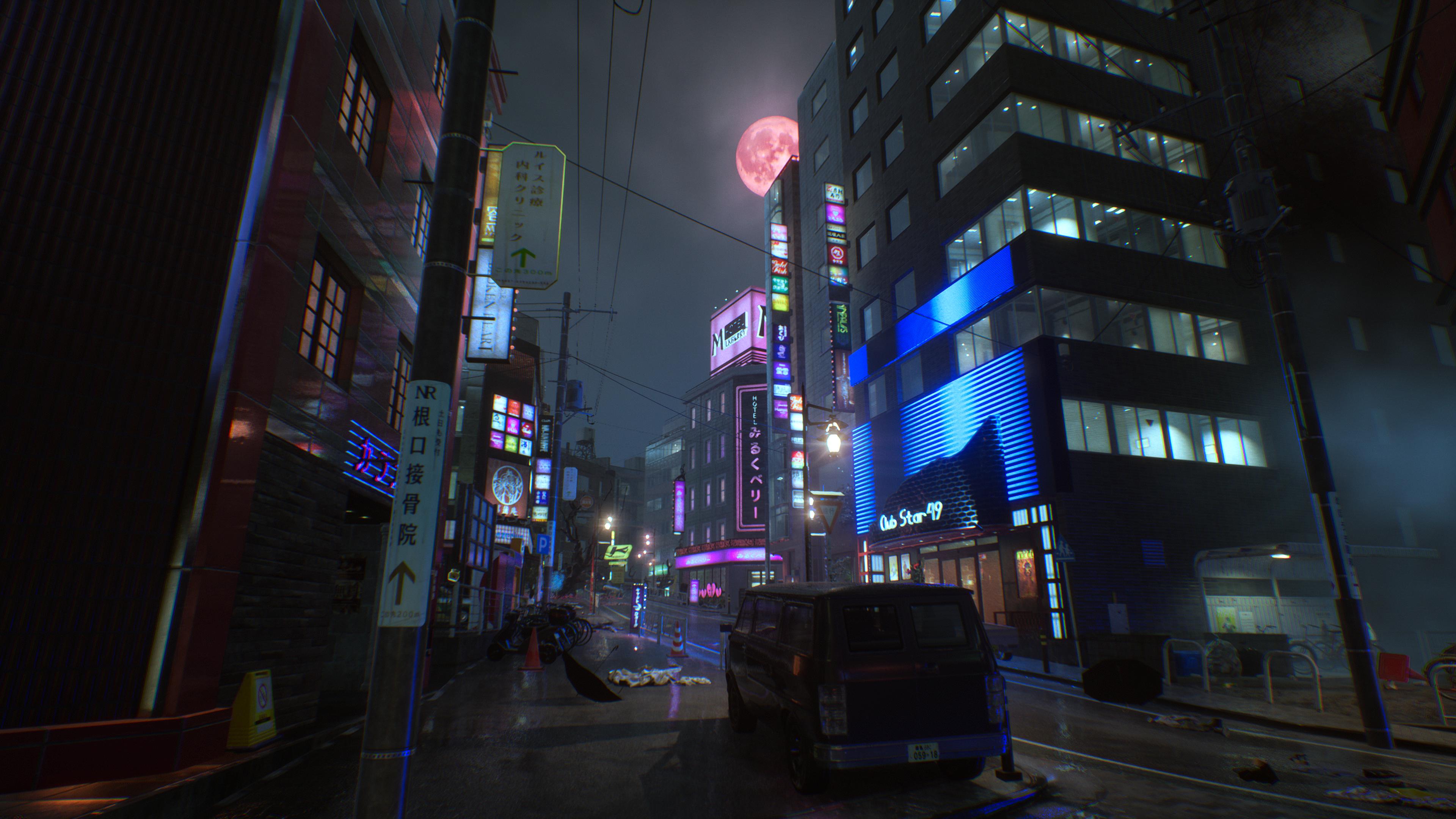
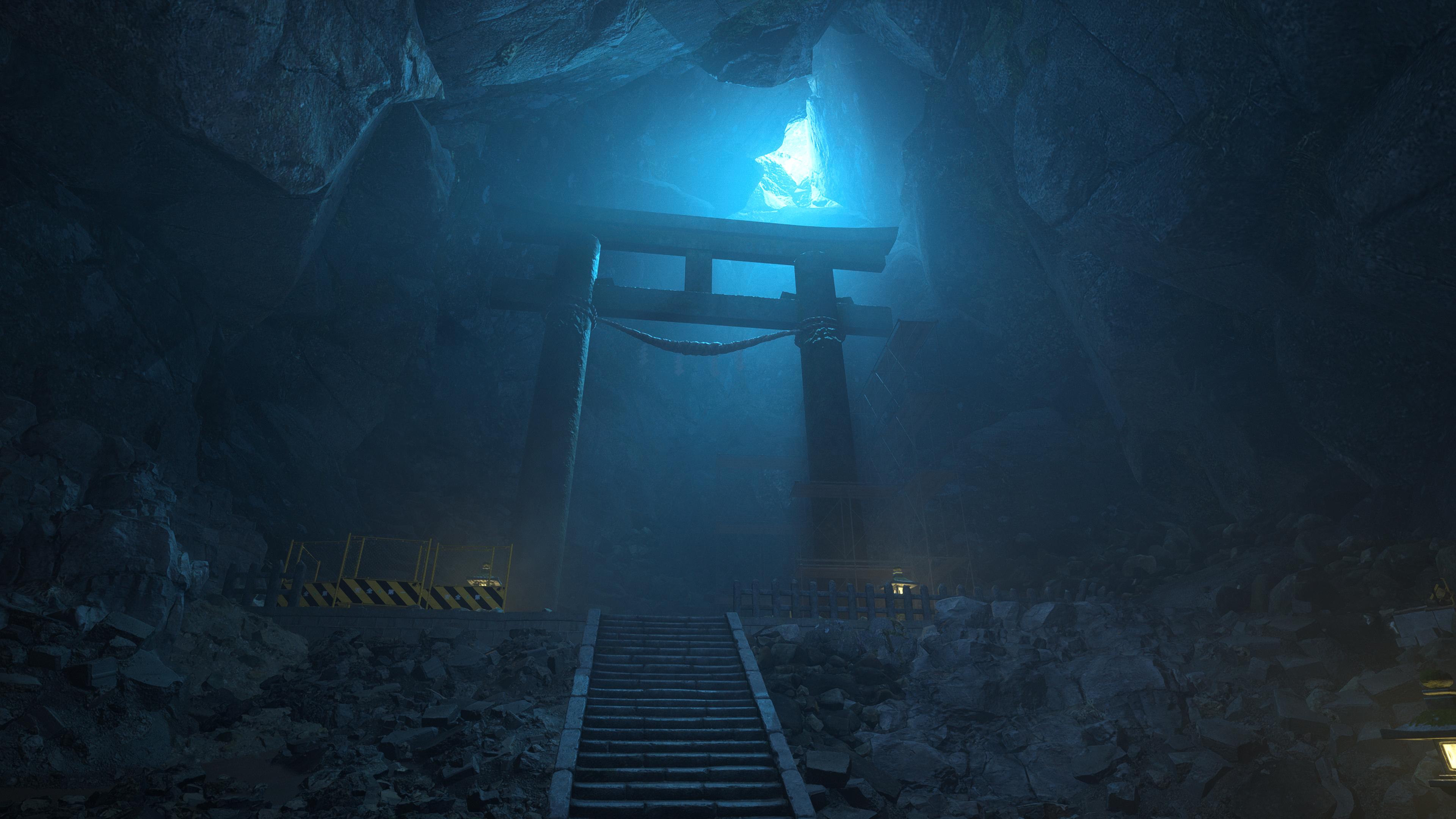
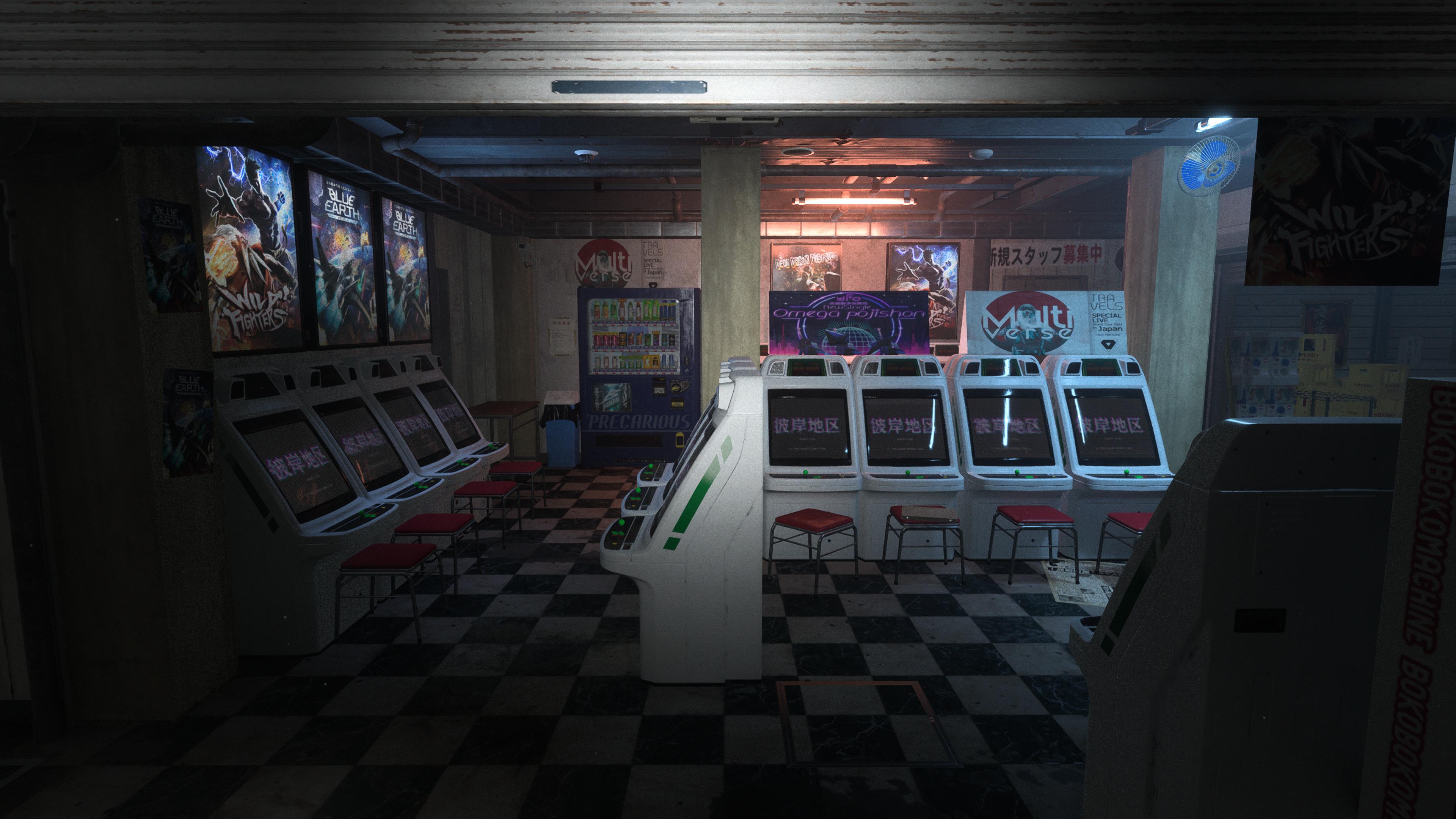
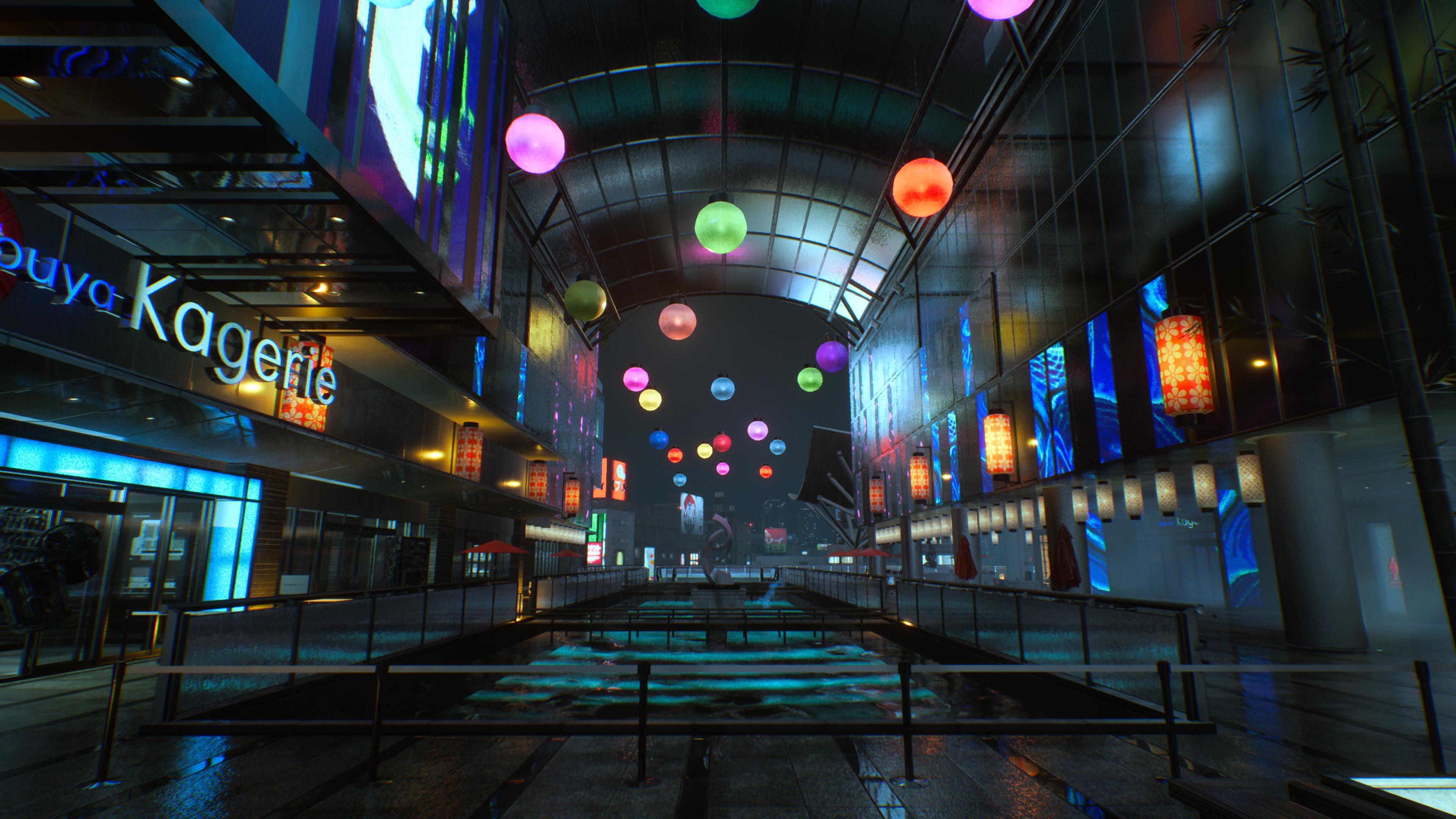
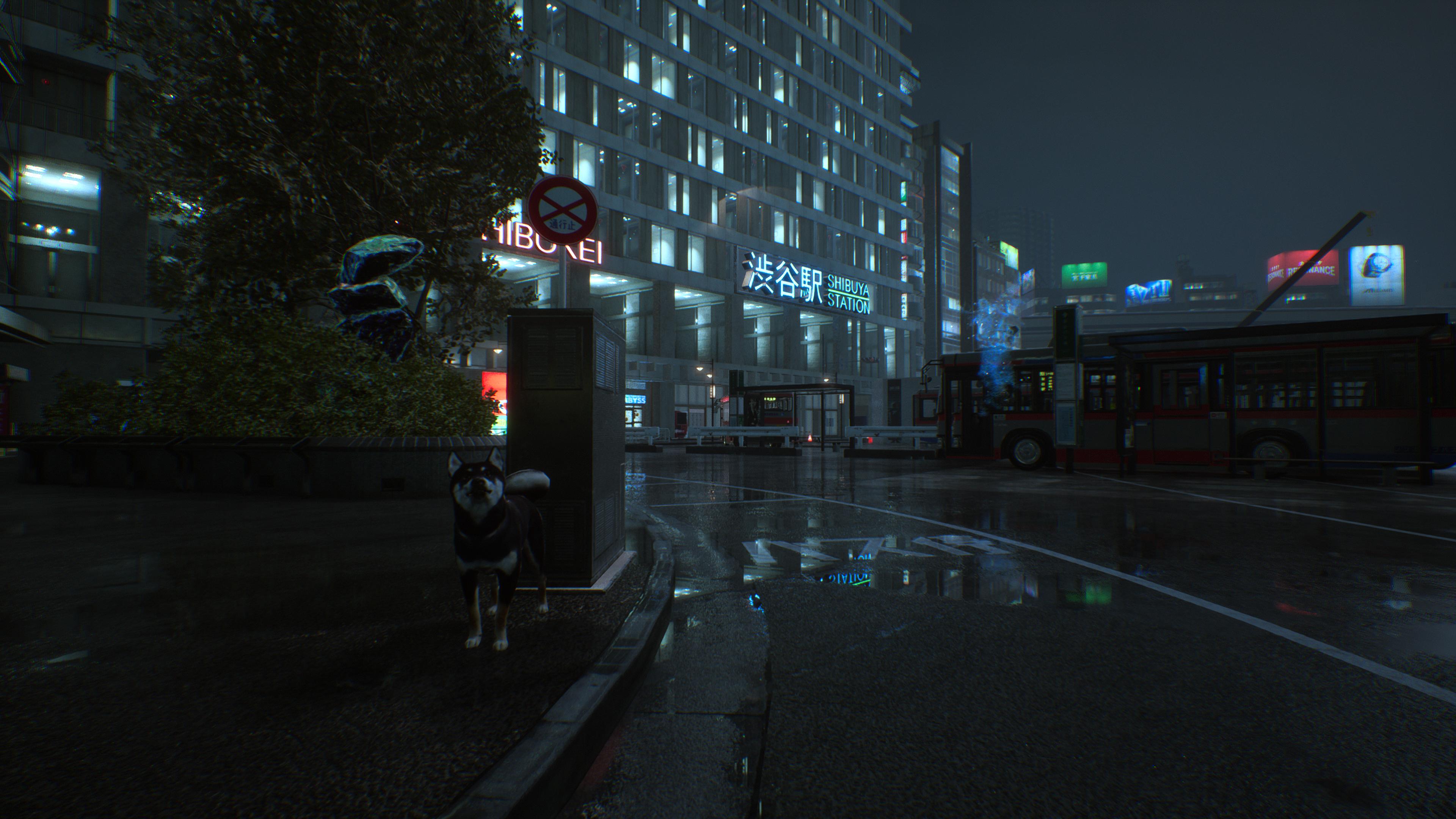

"Tokyo is a very big mixture of the old and new," Masato Kimura said. "There's a lot of super modern buildings and a lot of traditional ones, and also, when you walk around, even in Shibuya's street crossing, you might see a dark alley, and down that dark alley, it might lead you to a shrine, or a place with an old statue, or a neighbourhood with normal houses.
"We wanted to capture that coolness," he went on. "From the mythological standpoint, we wanted to think about: if you're walking through the city and you're seeing these places, like a dark alley, you normally probably wouldn't go there in normal life. But in the game, since it's a game, you can actually do that. If you go into the dark alley, what kind of mythical creature could be there? What are we actually afraid of, that might be there? We were able to play with and brainstorm with that kind of thinking, and that's how the mixture of sci-fi with mythology came about."
Ghostwire Tokyo absolutely has a strange, haunting atmosphere that I haven't really experienced in a game before, even if at times it's undermined by KK and Akito's annoying banter. And if you're a fan of The Evil Within's "hallway horror"—shapeshifting, set piece-oriented traversals through psychedelic landscapes—well, Ghostwire Tokyo has that in spades, though it's not a horror game at all. I've only played a few hours, but Ghostwire Tokyo feels like a weird experiment for the studio: a game built around a strong desire to make an utterly unique and distinctively Japanese take on the urban open world genre. Whether the moment-to-moment action can live up to that vision is yet to be seen.

Shaun Prescott is the Australian editor of PC Gamer. With over ten years experience covering the games industry, his work has appeared on GamesRadar+, TechRadar, The Guardian, PLAY Magazine, the Sydney Morning Herald, and more. Specific interests include indie games, obscure Metroidvanias, speedrunning, experimental games and FPSs. He thinks Lulu by Metallica and Lou Reed is an all-time classic that will receive its due critical reappraisal one day.

